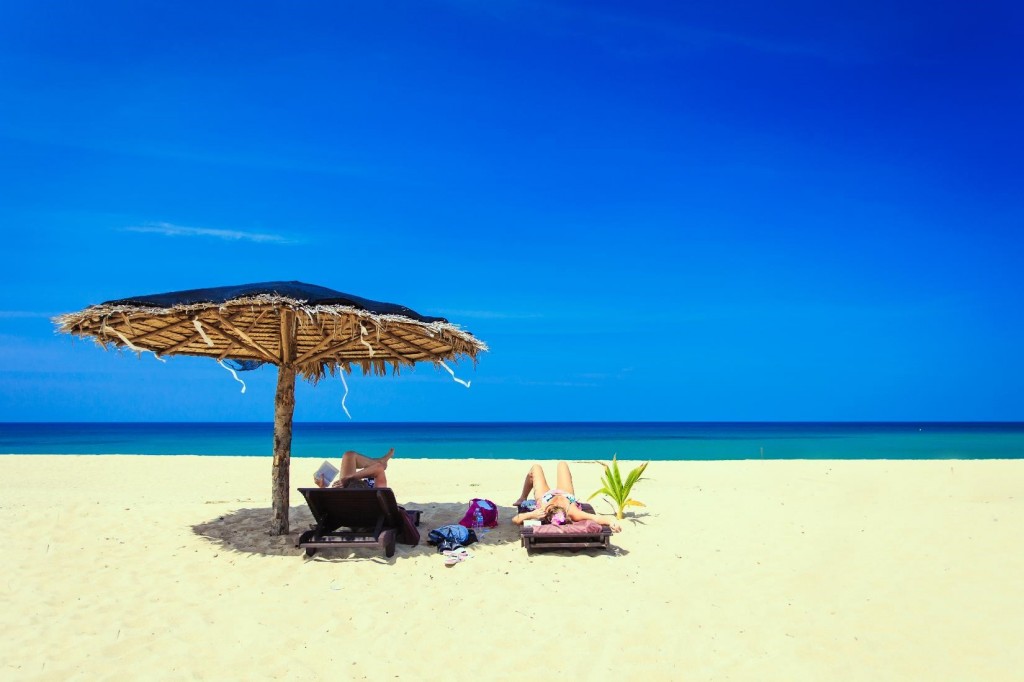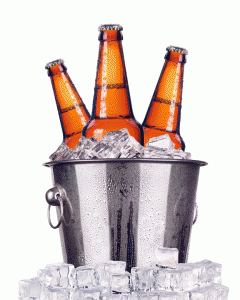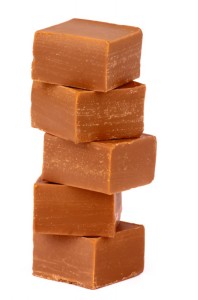
Imagine that it is a blistering hot sunny day on the beach. You would really like a beer, but all you have with you is water. QUESTION: How much would you be willing to pay for that ice-cold beer?
 There could be a number of things that can influence your decision on how much to pay, such as:
There could be a number of things that can influence your decision on how much to pay, such as:
- time of day
- who you are with
- where you will purchase from
- etc.
It probably won’t surprise you that factors like these can cause noticeable swings in your desire to purchase and at what price.
Richard Thaler is a world-renowned economist and expert in behavioural finance. In an article published in the Journal of Behavioral Decision Making, Thaler recounts a study that he conducted on a group of executives. He divided the group into halves and posed one of the following scenarios to each of them:
Scenario 1) You are lying on the beach on a hot day. All you have to drink is ice water. For the last hour you have been thinking about how much you would enjoy a nice cold bottle of your favorite brand of beer. A companion gets up to go make a phone call and offers to bring back a beer from the only nearby place where beer is sold, a fancy resort hotel. He says that the beer might be expensive and so asks how much you are willing to pay for the beer. He says that he will buy the beer if it costs as much or less than the price you state. But if it costs more than the price you state he will not buy it. You trust your friend, and there is no possibility of bargaining with the bartender.
What price do you tell him?
– OR –
Scenario 2) You are lying on the beach on a hot day. All you have to drink is ice water. For the last hour you have been thinking about how much you would enjoy a nice cold bottle of your favorite brand of beer. A companion gets up to go make a phone call and offers to bring back a beer from the only nearby place where beer is sold, a small, run-down grocery store. He says that the beer might be expensive and so asks how much you are willing to pay for the beer. He says that he will buy the beer if it costs as much or less than the price you state. But if it costs more than the price you state he will not buy it. You trust your friend, and there is no possibility of bargaining with the store owner.
What price do you tell him?
Remember, half of the executives ONLY received Scenario 1, and the other half ONLY received Scenario 2.
What were the results?
… willing to pay 77% more …
The only difference between the scenarios is WHERE the beer is purchased, either at a fancy resort or at a small, rundown grocery store. The median responses stated that people were willing to pay $2.65 for a beer purchased at the resort, but only $1.50 from the small, run down grocery store. This is a price swing of 77%! [these amounts reflect the price ranges of 1984, the year the study was conducted]
Now here’s the kicker
A beer is a beer is a beer, and the price that one would pay should be the same regardless of where it’s purchased, or at least it would be if people were thinking rationally. Remember, the executives would be drinking that beer back on the beach AND NOT in a fancy resort or at the rundown grocery store! But because they were influenced by the location of purchase, they were willing to pay 77% more for the beverage purchased at the resort!!
This is a classic example of the remarkable power of framing. By adding small elements to the frame within which the information is presented (even ones that may not change the core functional value of what you are offering), you can influence the decision people arrive at.
 Here is an example of how to use framing in the sale of a confection product, toffee:
Here is an example of how to use framing in the sale of a confection product, toffee:
- begin with the generic: Toffee
- add a geographic element: English Toffee
- add a product type element: English Crumble Toffee
- add quality AND nostalgia elements: Premium Old Fashioned English Crumble Toffee
Finally, put this into a narrative:
Our Premium Old Fashioned English Crumble Toffee is made with Jamaican sugar, golden dairy fresh butter, covered in Belgian gourmet chocolate, and then lightly sprinkled with orchard roasted almonds. It’s a legendary family recipe we’ve kept secret for over 80 years.
Now, what would you rather buy, Toffee or Premium Old Fashioned English Crumble Toffee?
Each additional framing element increases the PERCEIVED VALUE of the product, where people are only too happy to pay you a PREMIUM for what was originally described as plain toffee!!
Properly frame your offers and watch your sales grow!
![]()
